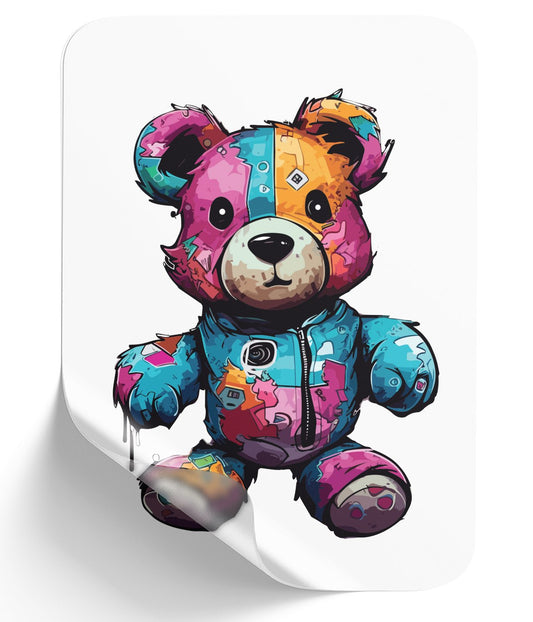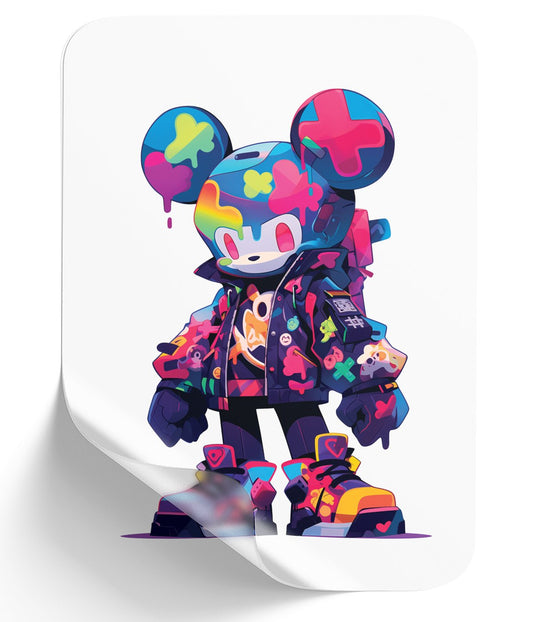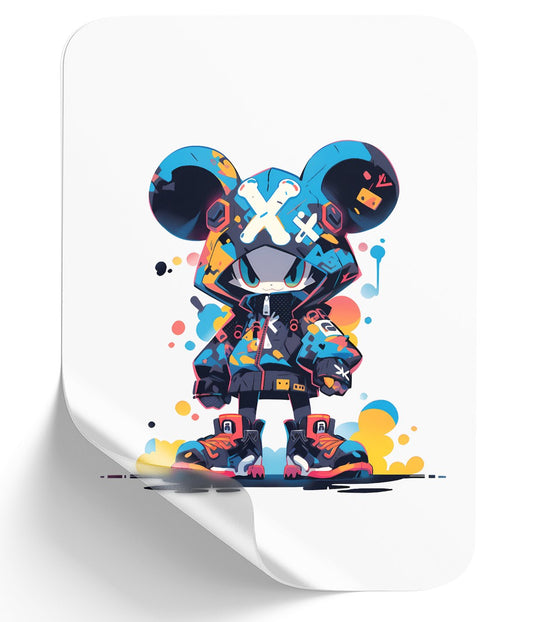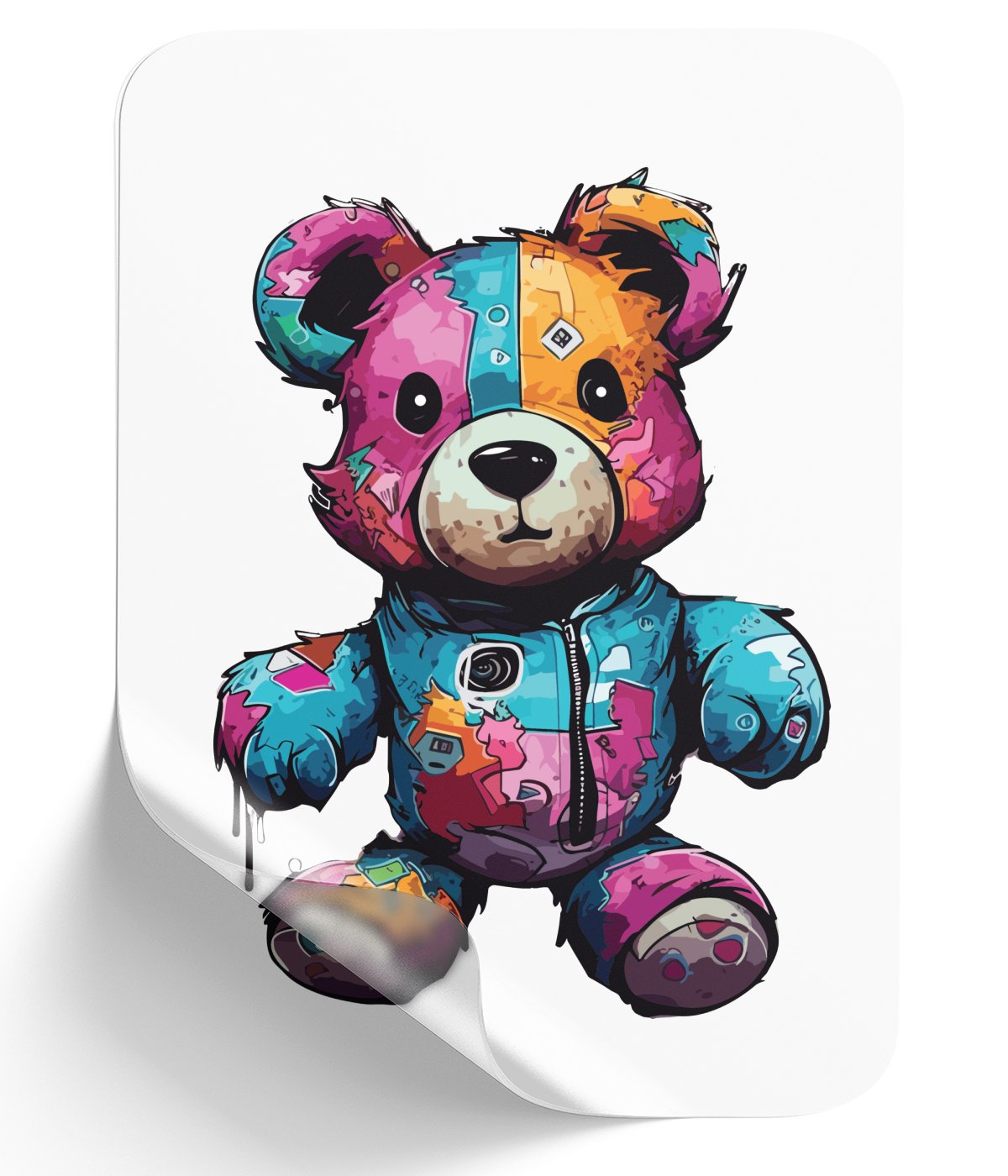Converting Low-Resolution Graphics to High-Resolution for DTF Transfers in Adobe Photoshop

In Direct-to-Film (DTF) printing, the quality of your artwork significantly impacts the final output. Submitting low-resolution graphics can lead to unsatisfactory results, often due to printing companies not addressing artwork quality. This guide will walk you through the process of transforming low-resolution graphics into high-resolution using Adobe Photoshop, ensuring your designs are sharp and professional.
Table of Contents
- Why High-Quality Artwork Matters
- Step-by-Step Tutorial: Upgrading Low-Resolution Graphics
- Comparing the Results
- Equipment Used
- Conclusion
Why High-Quality Artwork Matters
When preparing artwork for DTF printing, high-quality files are essential. Low-resolution images can suffer from pixelation and lack of detail. Consider these tips before sending your artwork to the printer:
- Vector Images: Prefer vector files for their scalability and quality retention.
- Resolution: Aim for a minimum of 300 DPI for optimal print quality.
- Color Profile: Use the CMYK color profile to match print colors closely with your design.
- Transparency: Submit files with transparent backgrounds to avoid unwanted edges.
For assistance with artwork, request a quote or services through our website.
Step-by-Step Tutorial: Upgrading Low-Resolution Graphics
1. Initial Setup
- Open your low-resolution graphic in Adobe Photoshop.
- Go to
Image > Image Size, set the resolution to 300 DPI, choose Bicubic Smoother Enlargement for resampling, and click OK.
2. Duplicating and Desaturating Layers
- Duplicate the layer by dragging it to the "Add New Layer" button or pressing Ctrl + J.
- Select the duplicated layer and desaturate it by pressing Ctrl + Shift + U.
3. Applying Blur and Curves Adjustment
- Navigate to
Filter > Blur > Gaussian Blur, and adjust the radius to smooth the image. - Add a Curves adjustment layer and fine-tune the black and white points.
4. Merging Layers and Masking
- Merge both layers by right-clicking and choosing Merge Layers or pressing Ctrl + E.
- Use the Magic Wand Tool to select the white background, holding Alt to refine the selection.
- Add a layer mask, create a solid color fill layer above the original, and use
Filter > Other > Minimumto remove any white edges.
5. Final Adjustments and Export
- Change the solid fill layer color if desired.
- Use the Magic Wand Tool for specific color adjustments.
- Hide the color fill layer. Your artwork is now high-resolution and ready for printing.
Comparing the Results
To illustrate the quality difference, both low-resolution and high-resolution graphics were printed on US Blanks shirts. The low-resolution print showed pixelation, blurriness, and white edges, while the high-resolution print was clear, vibrant, and free of artifacts.
Equipment Used
- Heat Press: Heat Master Prisma (16x20 layout) for optimal transfer results.
- Shirt Specifications: US Blanks, 100% combed and ringspun cotton Jersey (Model: US2000).
Conclusion
Upgrading low-resolution artwork to high resolution is crucial for achieving high-quality DTF prints. By following the steps outlined in Adobe Photoshop, you can enhance the clarity and detail of your designs, ensuring they meet professional standards. Bookmark this guide for future reference and elevate your DTF printing skills. For printing needs or artwork assistance, explore our services through the links provided.
Thank you for your support. We look forward to sharing more tutorials with you in the future! If you want to understand more about how to heat press DTF (Direct to Film) transfers, explore our in-depth Step-by-Step Guide for comprehensive details and expert insights. Also, you could watch the YouTube video below or visit our channel!





